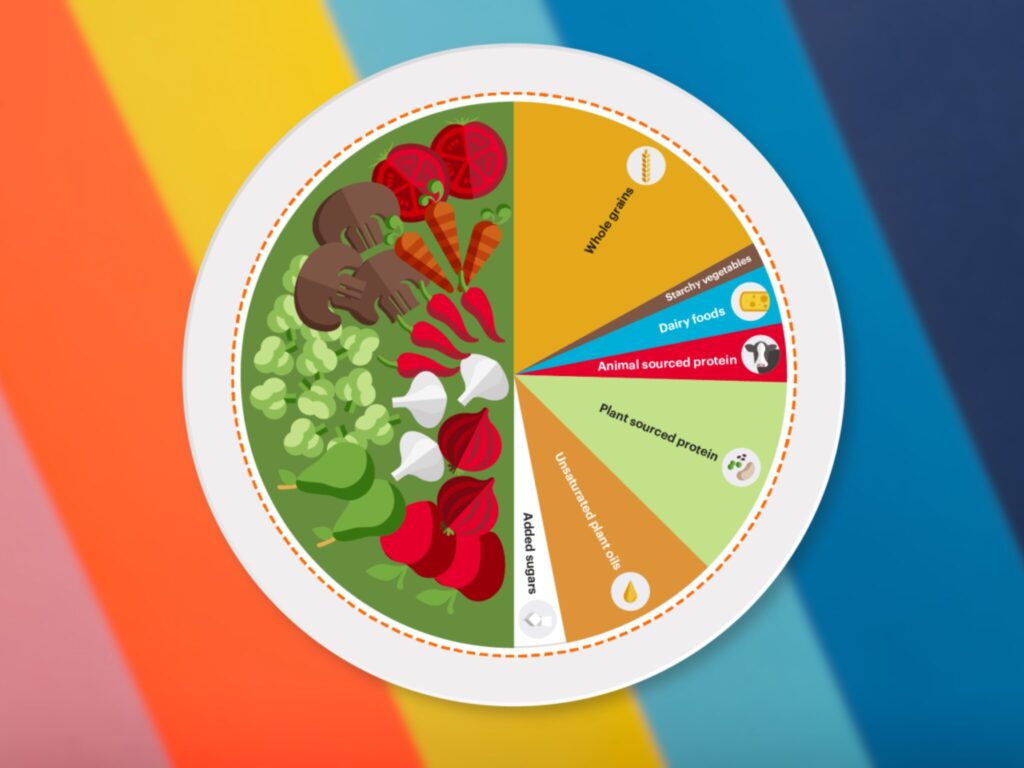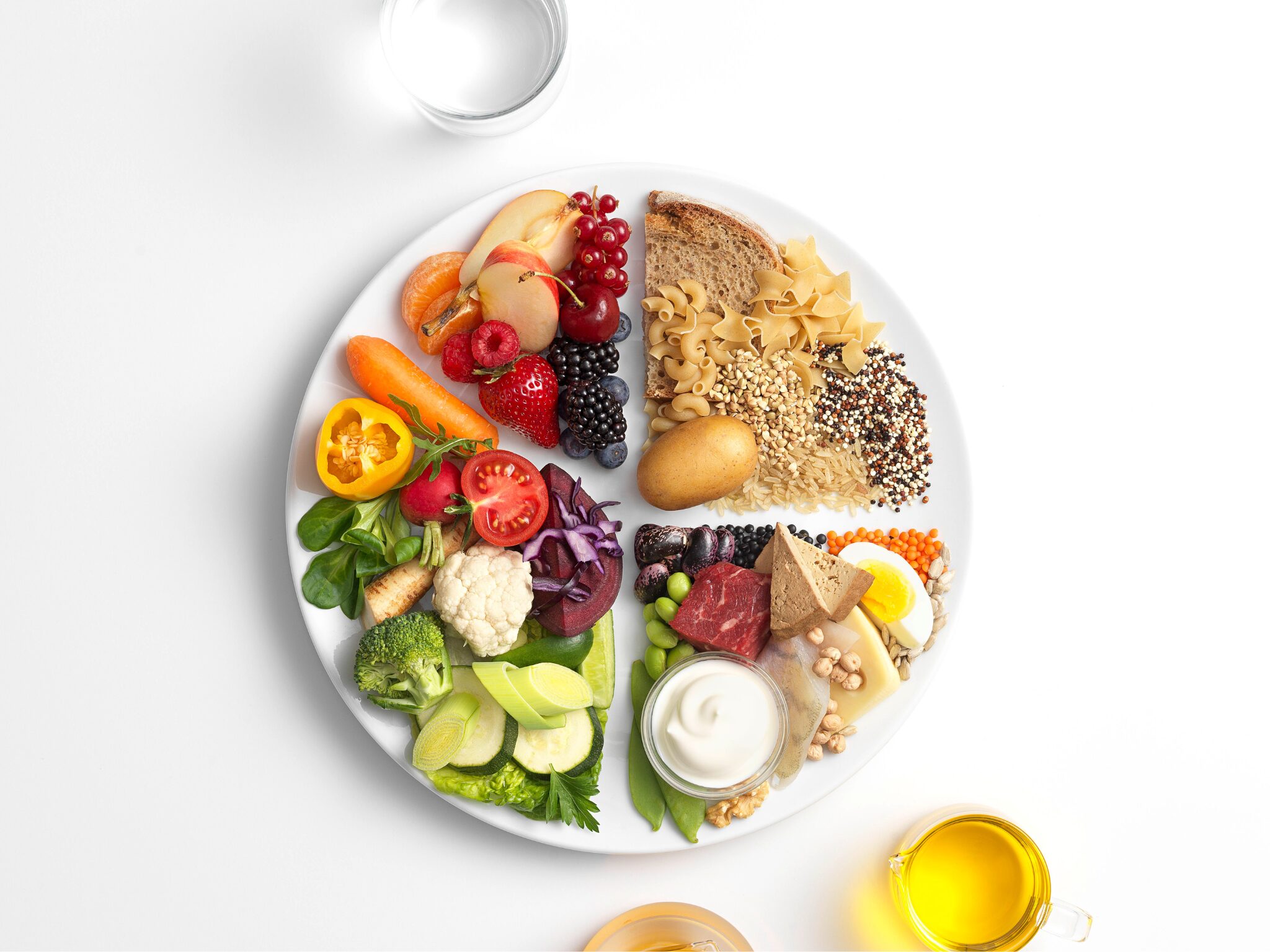Austria Promotes Plant Proteins & Asks People to Cut Back on Meat & Dairy in New Dietary Guidelines
4 Mins Read
Austria’s new dietary guidelines recommend eating less animal protein and more plants, with pulses getting their own category for the first time.
Eat less meat and dairy – and for your protein needs, choose mostly plant-based. That’s the gist of Austria’s updated national dietary guidelines, joining a growing list of countries championing a shift away from animal-based foods for a healthy and sustainable food system.
And for the first time, the dietary recommendations have a dedicated section for pulses, legumes and their products, such as tofu, tempeh, soy milk and yoghurt, etc.
The new guidelines are based on a ‘plate model’ that advises a diet of 50% fruits and vegetables, 25% whole grains and potatoes, and a further 25% proteins, mostly plant-based. Meat, fish, milk and dairy should be reduced.
“[The guidelines] show people how to make their diet healthier and more environmentally conscious,” said social affairs minister Johannes Rauch. “A conscious diet with a focus on vegetables, fruits, grains, and legumes is not only good for the planet, but it also helps us live longer and healthier.”

Food’s climate impact necessitated ‘plate model’
Austria’s updated dietary recommendations were developed by the health ministry in collaboration with the Austrian Agency for Health and Food Safety and the Austrian Society for Nutrition, which took both health and climate aspects into account.
The ministry explains that the existing version was presented in the form of a food pyramid and considered evidence-based recommendations on nutrient intake and findings on the prevention of diet-related diseases. But current developments – especially the food system being a driver of climate change – mandated an expansion to include climate and health parameters.
“Of all foods, meat and dairy products burden the climate the most,” reads an accompanying cookbook based on the plate model. “The production of meat, milk, cheese, and eggs is responsible for about half of the food-related greenhouse gas emissions in western countries.”
The plate model embodies the “optimal composition of a meal” and complements two new food pyramids – one for omnivores and one for vegetarians (a first) – to be published in the autumn.
Half of people’s diets should be made up of a wide variety of fruits and vegetables that provide essential vitamins, minerals and fibre. These are low in emissions, as long as they’re locally produced and in season.
A quarter should comprise whole grains like bread, pasta, rice and potatoes, which are rich in complex carbohydrates, fibre and other vital nutrients. And the final quarter should consist of protein side dishes, which should predominantly come from plant-based sources like legumes, nuts, and seeds. The recommendation to prioritise plant proteins is thanks to their health and environmental benefits.
Meat products are recommended in moderation as they can be high in cholesterol, saturated fat and salt, as well as resource-intensive. This is why animal fats like butter are also advised to be used only in small quantities, with the guidelines encouraging Austrians to use plant-based fats like rapeseed oil, olive oil, walnut oil, and others.
Austria’s national guidelines follow Eat-Lancet’s Planetary Health Diet

For omnivores, Austria’s new national food guidelines suggest five servings of fruits and vegetables, four servings of grains and potatoes, three servings of milk and dairy products, and two servings of fats and oils per day. This is complemented by three servings each of pulses and their products and eggs per week, and just one weekly portion each of meat and fish (plus an optional extra serving).
At 226g and 200g respectively, the meat and fish recommendations are in line with those of the Eat-Lancet Planetary Health Diet, which suggests eating no more than 301g of meat and 196g of fish each week.
Vegetarians, meanwhile, are advised to eat five servings each of produce and grains, and the same amount of dairy and oils as omnivores daily. Additionally, they should eat an extra serving each of plant proteins and eggs, amounting to four per week.
The cookbook – which offers suggestions to veganise each dish with plant proteins and meat and dairy analogues – also suggests ways to design healthy and climate-friendly meals. People should choose seasonal and local ingredients, prioritise plant-based foods, avoid heavily processed foods, and use herbs and spices to enhance flavours naturally without adding salt. They should also focus on animal welfare and consider organic food.
“By consciously choosing regional products and reducing the consumption of animal products, everyone can make a valuable contribution to combating climate change. Of course, taste should not be neglected. Healthy, climate-friendly, and delicious nutrition is therefore not a contradiction,” said Rauch.
Austria’s new guidelines mirror Germany’s latest recommendations, which suggest that at least 75% of people’s diets should be plant-based. The German Nutrition Society doubled down on this by changing its official position on veganism and calling it a ‘health-promoting’ diet. Similarly, the Nordic countries, Taiwan and Canada have also realigned their nutritional guidelines to spotlight plant-based foods, and France is being called upon to do the same.



